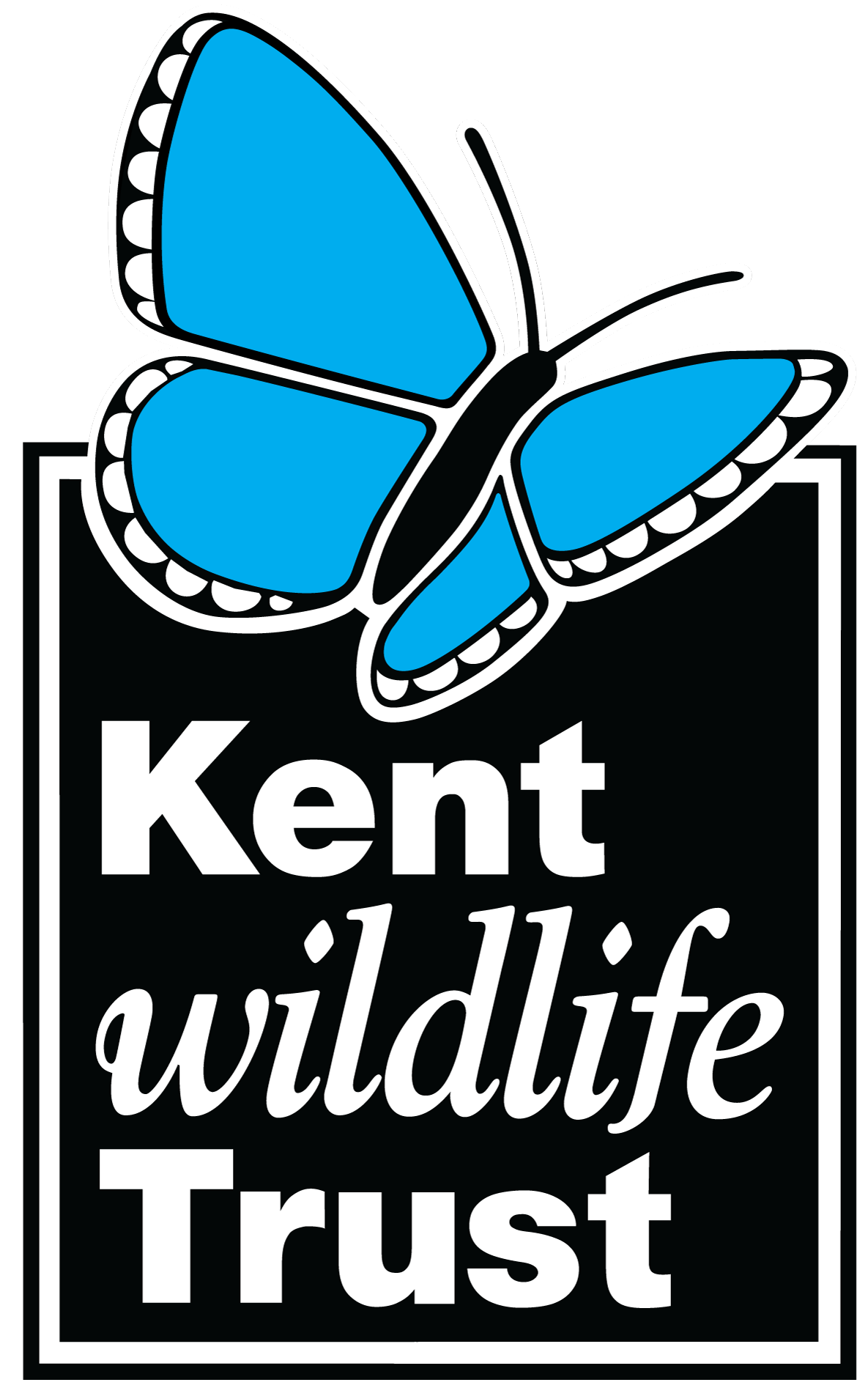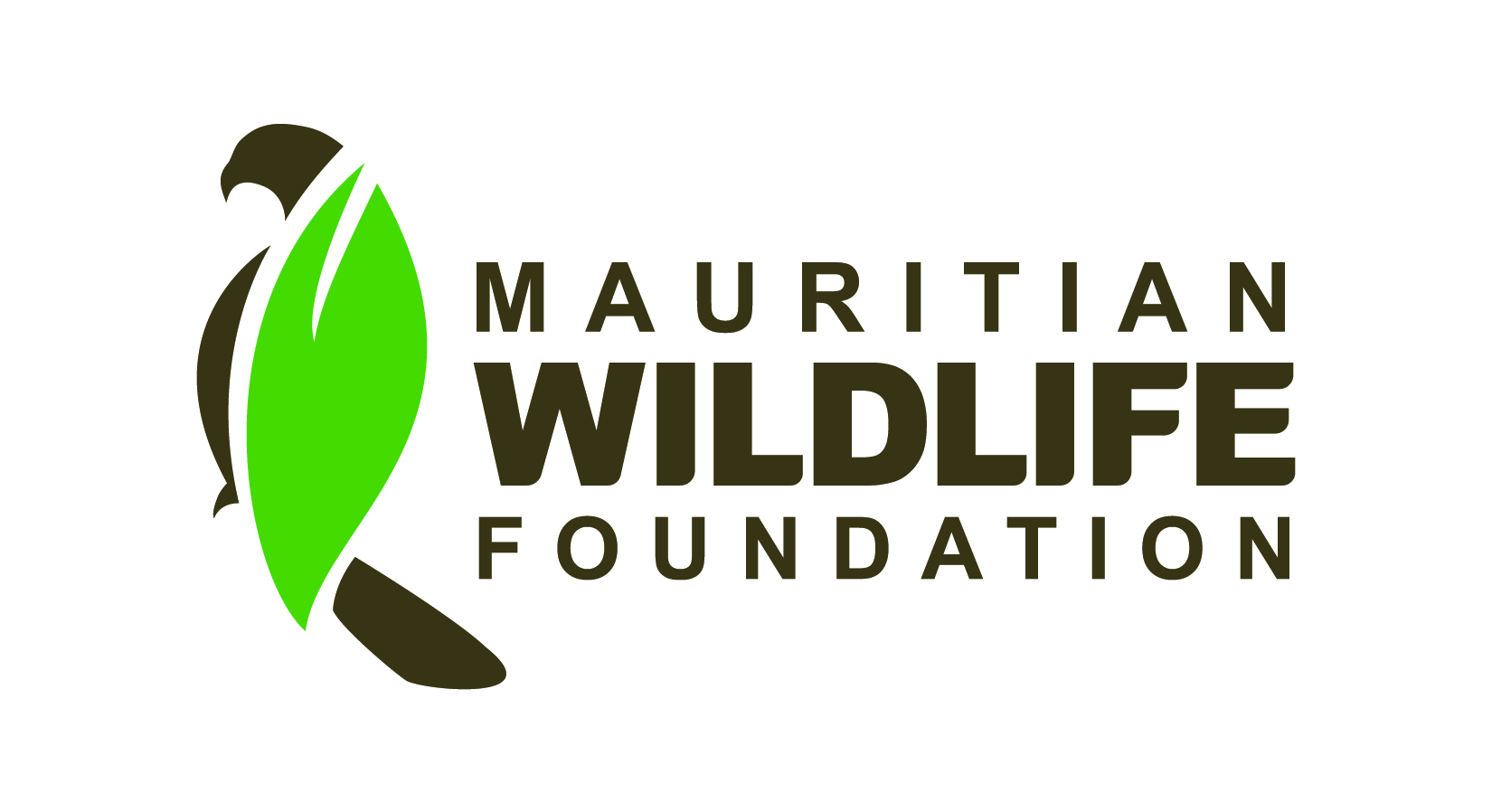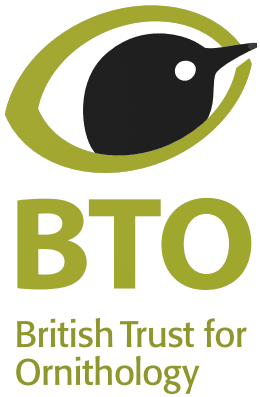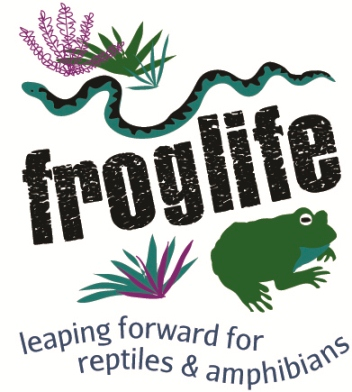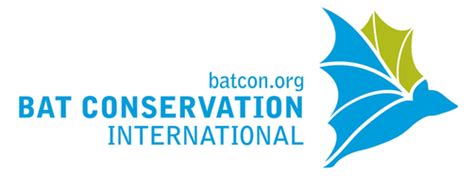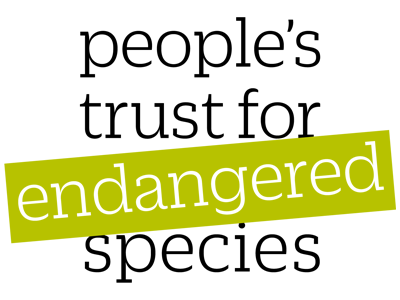Restoration of breeding sites for threatened toads on coastal meadows
-
Published source details
Briggs L. (2004) Restoration of breeding sites for threatened toads on coastal meadows. Coastal Meadow Management - Best Practice Guidelines, 34-43.
Published source details Briggs L. (2004) Restoration of breeding sites for threatened toads on coastal meadows. Coastal Meadow Management - Best Practice Guidelines, 34-43.
Actions
This study is summarised as evidence for the following.
| Action | Category | |
|---|---|---|
|
Pay farmers to cover the costs of conservation measures Action Link |
|
|
|
Create ponds for green toads Action Link |
|
|
|
Manage grazing regime Action Link |
|
|
|
Create ponds for natterjack toads Action Link |
|
|
|
Restore ponds Action Link |
|
-
Pay farmers to cover the costs of conservation measures
A replicated, before-and-after study in 1986–2004 of coastal meadows in Funen County, Denmark (Briggs 2004) found that green toad Bufo viridis and natterjack toad Bufo calamita populations increased significantly following habitat management supported by agri-environment schemes. On 10 islands with management, green toads increased from 1,132 to over 10,000 adults. In contrast, numbers remained stable on four islands without management. Pond occupancy increased from 27 to 61 ponds in 1997 and ponds with successful breeding from 11 to 22. Natterjacks increased from 3,106 to 4,892 adults in 1997. Ponds with successful breeding remained similar (28 increased to 34). In 2000–2004, numbers dropped and small populations were lost due to insufficient grazing. In 1987–1993, cattle grazing was reintroduced to 111 ha of coastal meadows on six islands and continued on a further 10. From 1990, farmers could get financial support from agri-environmental schemes. In addition, 31 ponds were created and 31 restored on 16 islands. Green toad eggs were translocated to one island. Four populations were monitored annually and others less frequently during two or three call, visual and dip-net surveys.
-
Create ponds for green toads
A controlled, before-and-after study in 1986–2004 of coastal meadows in Funen County, Denmark (Briggs 2004) found that pond creation, along with other interventions, significantly increased populations of green toads Bufo viridis. On 10 islands, green toads increased from 1,132 in 1988–1990 to over 10,000 adults in 2004. Numbers remained similar on four islands with no management (512 to 510). Pond occupancy increased from 27 in 1988 to 61 in 1997 and ponds with successful breeding from 11 to 22. From 1986–1991, 23 ponds were created and 25 restored (reed removal) for green toads on 16 islands. Cattle grazing was reintroduced on six and continued on ten islands. Green toad eggs were translocated to one island. Four populations were monitored annually and others less frequently during 2–3 call and visual surveys and dip-netting.
-
Manage grazing regime
A replicated, before-and-after study in 1986–2004 of coastal meadows in Funen County, Denmark (Briggs 2004) found that green toad Bufo viridis and natterjack toad Bufo calamita populations increased significantly following reintroduction of grazing of fields, along with pond creation and restoration. On 10 islands, the total number of green toad adults increased from 1,132 to over 10,000 in 2004. Numbers remained stable on four islands without management. Pond occupancy increased from 27 in 1988 to 61 ponds in 1997 and ponds with successful breeding doubled from 11 to 22. Natterjacks increased from 3,106 in 1988 to 4,892 adults in 1997. Ponds with successful breeding remained similar (28–34). In 2000–2004, numbers dropped and small populations were lost due to insufficient grazing. In 1987–1993, cattle grazing was reintroduced to 111 ha of coastal meadows on six islands and continued on a further 10. From 1990, farmers could get financial support from EU agri-environmental schemes. In addition, 31 ponds were created and 31 restored by removing reeds on 16 islands. Green toad eggs were translocated to one island. Four populations were monitored annually and others less frequently during two or three call, visual and dip-net surveys.
-
Create ponds for natterjack toads
A controlled, before-and-after study in 1986–2004 of coastal meadows in Funen County, Denmark (Briggs 2004) found that natterjack toad Bufo calamita populations increased significantly after pond creation and restoration and reintroduction of grazing. On 10 islands, natterjack toads increased from 3,106 in 1998–1990 to 4,892 adults in 1997. Numbers of ponds with successful breeding remained similar (28 to 34). Numbers declined on four islands with no restoration (270 to 170). From 1986 to 1991, eight ponds were created and six restored for natterjacks on 16 islands. Cattle grazing was reintroduced on six and continued on ten islands. Four populations were monitored annually and others less frequently during 2–3 call and visual surveys and dip-netting.
-
Restore ponds
A replicated, before-and-after study in 1986–2004 of coastal meadows in Funen County, Denmark (Briggs 2004) found that pond restoration and creation, along with reintroduction of grazing, significantly increased green toad Bufo viridis and natterjack toad Bufo calamita populations. On 10 islands, green toads increased from 1,132 in 1988–1990 to over 10,000 adults in 2004. Numbers were similar on four islands with no management (512 to 510). Pond occupancy increased from 27 in 1988 to 61 in 1997 and ponds with breeding success from 11 to 22. Natterjack toads increased from 3,106 in 1998–1990 to 4,892 adults in 1997. Numbers of ponds with breeding success was similar (28 to 34). However, in 2000–2004, numbers dropped and small populations were lost due to insufficient grazing. Numbers of natterjacks declined on four islands with no restoration (270 to 170). From 1986–1991, 25 ponds were restored by reed removal and 23 created for green toads and six were restored and eight created for natterjacks on 16 islands. Cattle grazing was reintroduced on six and continued on ten islands. Green toad eggs were translocated to one island. Four populations were monitored annually and others less frequently during 2–3 call and visual surveys and dip-netting.
Output references
|
|

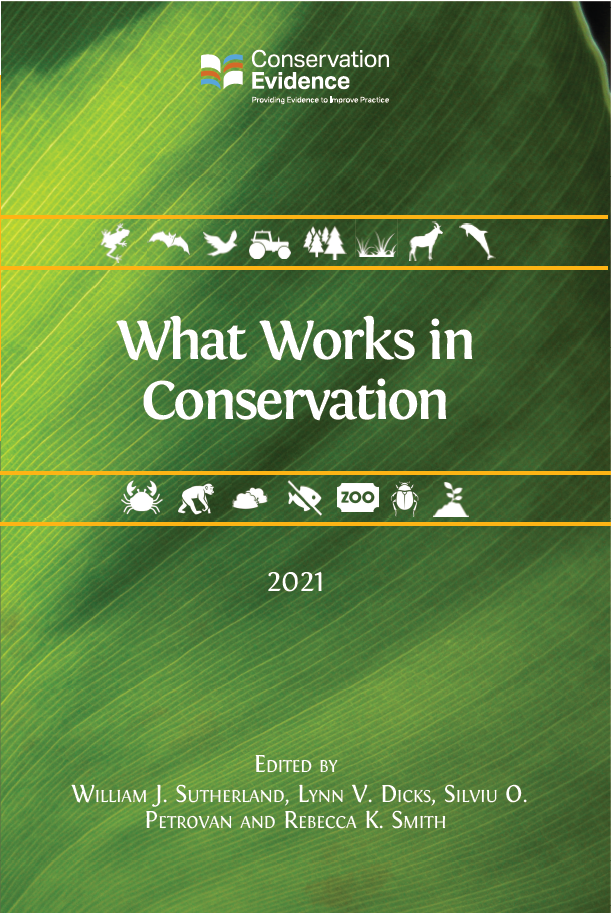
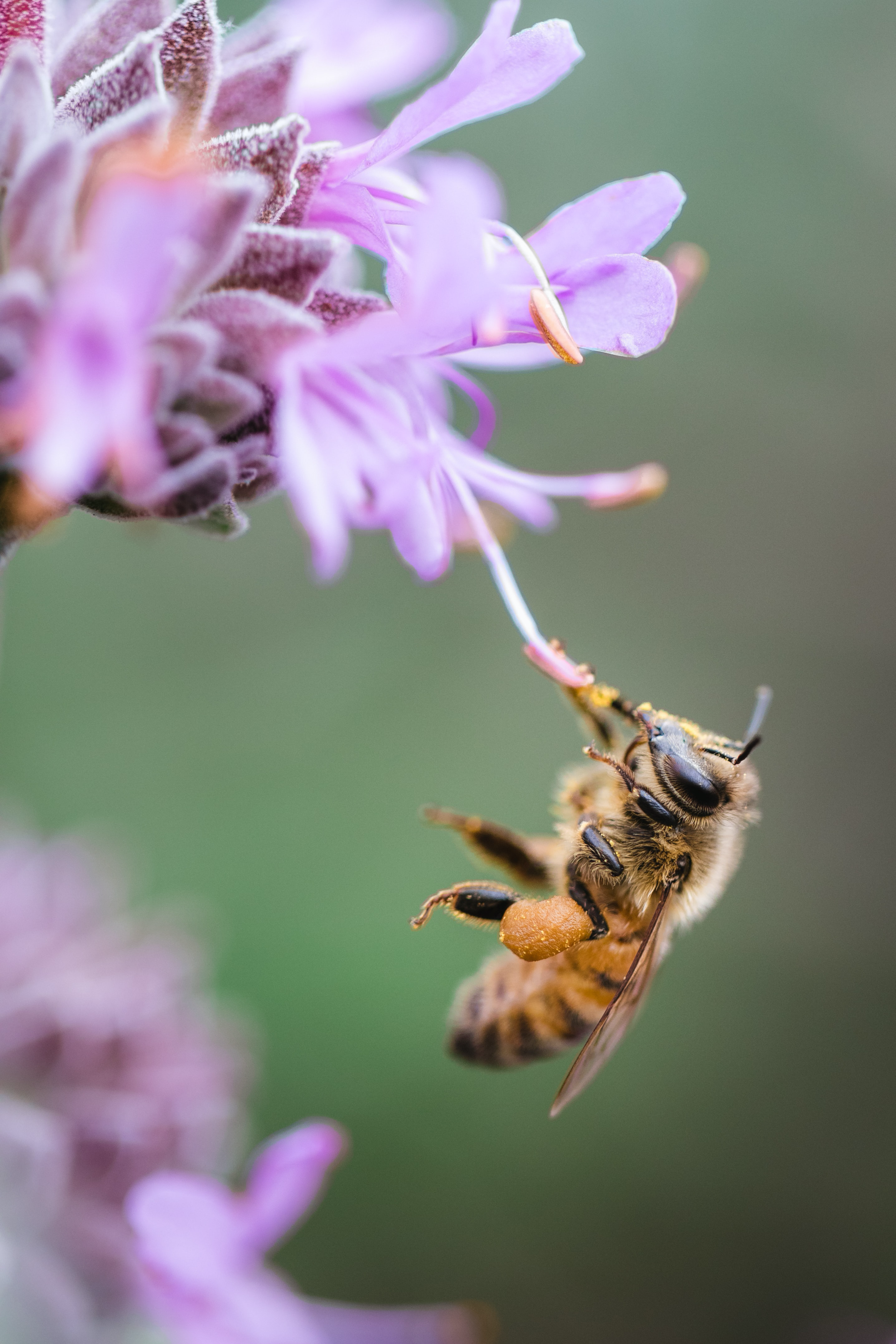


)_2023.JPG)
